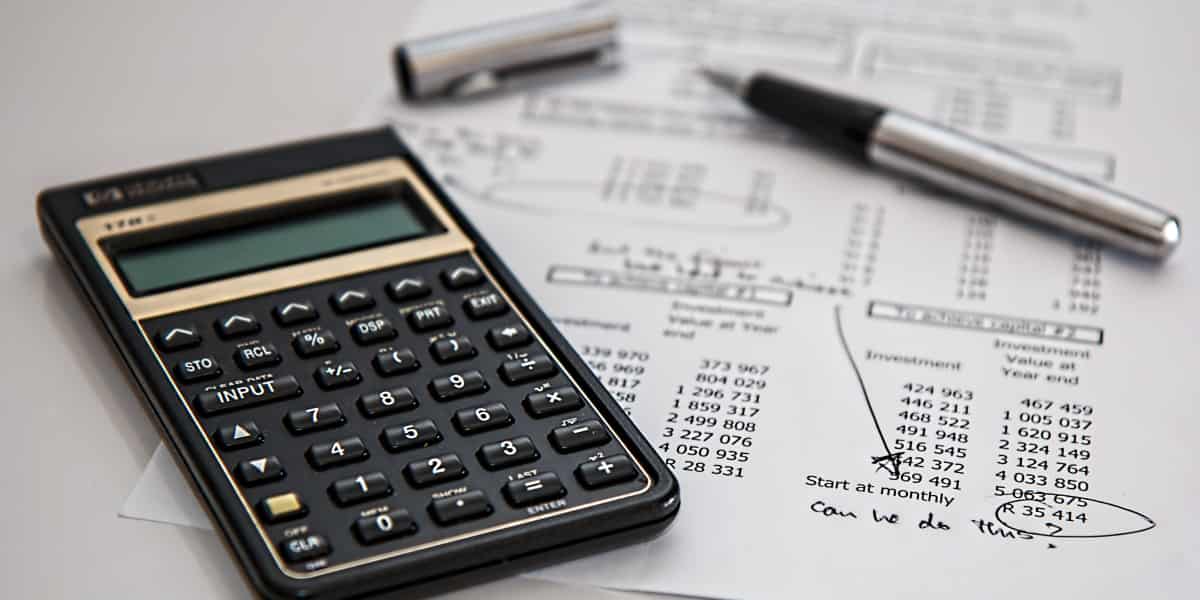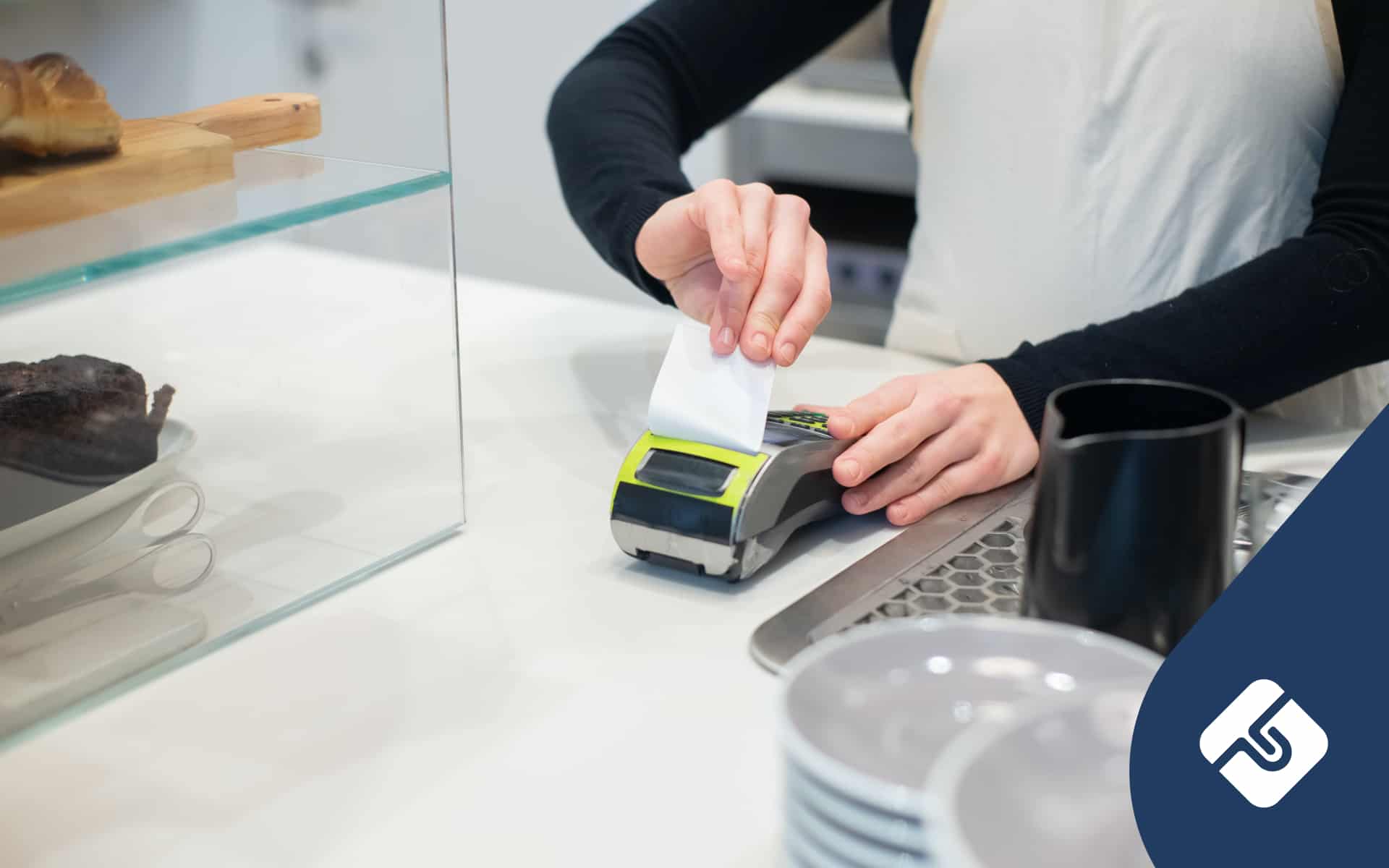Understanding the financial position of your business is important in making informed business decisions. There are three main financial statements which are used to get an accurate picture of a business’ financial position. They are the income statement, the balance sheet and the cash flow statement. In this article, we’ll discuss what a cash flow statement is and how understanding one will assist you in making decisions for your business.
What is Cash Flow?
Cash flow is a measure of the total amount of money going in and out of the business. If a business has a negative cash flow then this means that it is not earning enough money to pay its regular costs. On the other hand, if a business is cash flow positive then the amount of money it earns exceeds the amount of money it takes to operate.
Why is it Important?
While cash flow might seem easy to calculate, it is important to consider that businesses often make sales and purchases on credit terms. That is, they might buy or sell a product and agree to make or receive payment for that product anytime in an upcoming period. These credit sales (often business to business sales) will have clearly defined terms. They can vary but will often allow for penalty free payment within a period of anywhere up to a month. Another common example of this is credit card transactions which can take anywhere from 1-3 days for the seller to receive money for the sale.
As a consequence, at any one time a business will have money it is waiting to receive and payments it owes but is yet to make. These are referred to in accounting terms as accounts receivable and accounts payable. Given the uncertain nature of when exactly this money will be received, cash flow is an important measure to consider in assessing the viability of a business.
Example
A company sells $250 worth of stock to another business but agrees that the business can pay for the product anytime within the next 30 days without penalty. Additionally, the business tells the purchaser that if they pay the amount within 7 days they will receive a 2% discount. This discount reflects the benefit to the company if the customer pays the owed amount earlier. If the company has the $250 dollars earlier it might be able to buy stock and sell it for profit within that period that it otherwise could not.
What’s in a Cash Flow Statement?
There are different ways to categorise the numbers in a cash flow statement. Australian cash flow statement will generally include the following sections:
Opening Balance
This number is the amount of money in the business’ bank account at the beginning of the month. This number is always the preceding month’s ‘closing balance’.
Incoming Cash
This section will list any cash the business receives in the given month. It will usually be divided into three sections: operating activities, investing activities and financing activities. This can include:
- Sales
- Asset sales
- Debtor receipts
- Other income
Total Incoming Cash
This number is the sum of all numbers in the incoming cash section.
Outgoing Cash
This section will list any costs the business incurs in the given month. This section might include:
- Purchases
- Legal fees
- Accounting fees
- Rental expense
- Bank fees
- Credit card fees
- Interest Expense
- Loan Repayments
- Electricity, gas, water and phone bill
- Repairs and/or maintenance expense
- Software subscription
- Advertising Expense
- Insurance expense
- Income tax
- Wages expense
- Superannuation expense
- Dividend payments to shareholders
- Licensing fees.
Total Outgoing Cash
This number is the sum of all numbers in the outgoing cash section.
Cash Balance
This number is your monthly cash flow and is calculated by subtracting total outgoing cash from total incoming cash.
Closing Balance
This number represents what is left in your bank account. It is calculated by adding the total incoming cash and subtracting the total outgoing cash.
What Does this Tell Me?
Put simply, a cash flow statement shows you how the business is generating and consuming cash. It is important to understand this as it affects whether a business is able to pay its expenses and debts. If a business is unable to pay its expenses it may be required to declare insolvency and stop operating. Therefore, being able to pay expenses is one of the most important things a business must ensure it can continue to do.
Summary
A cash flow statement shows how a business is generating and consuming cash. This allows a business to ensure it remains solvent. It also allows a business to predict future expenses and income and view cash flow trends. Each of these is helpful to anyone trying to understand a business’ financial position.





